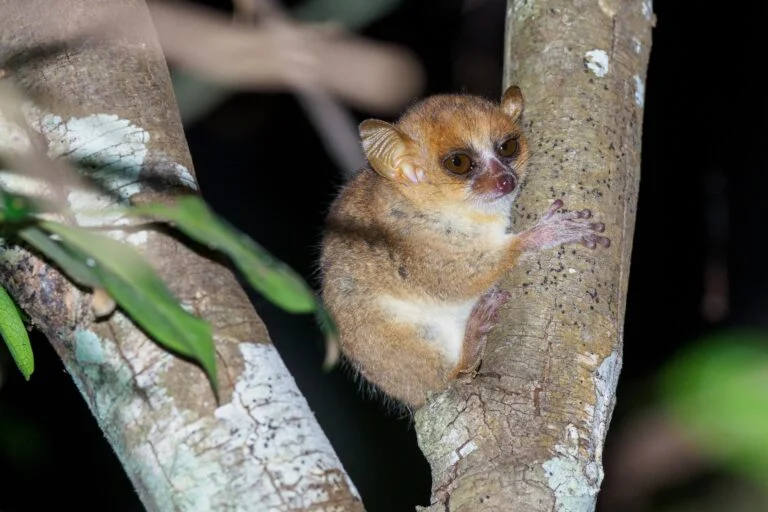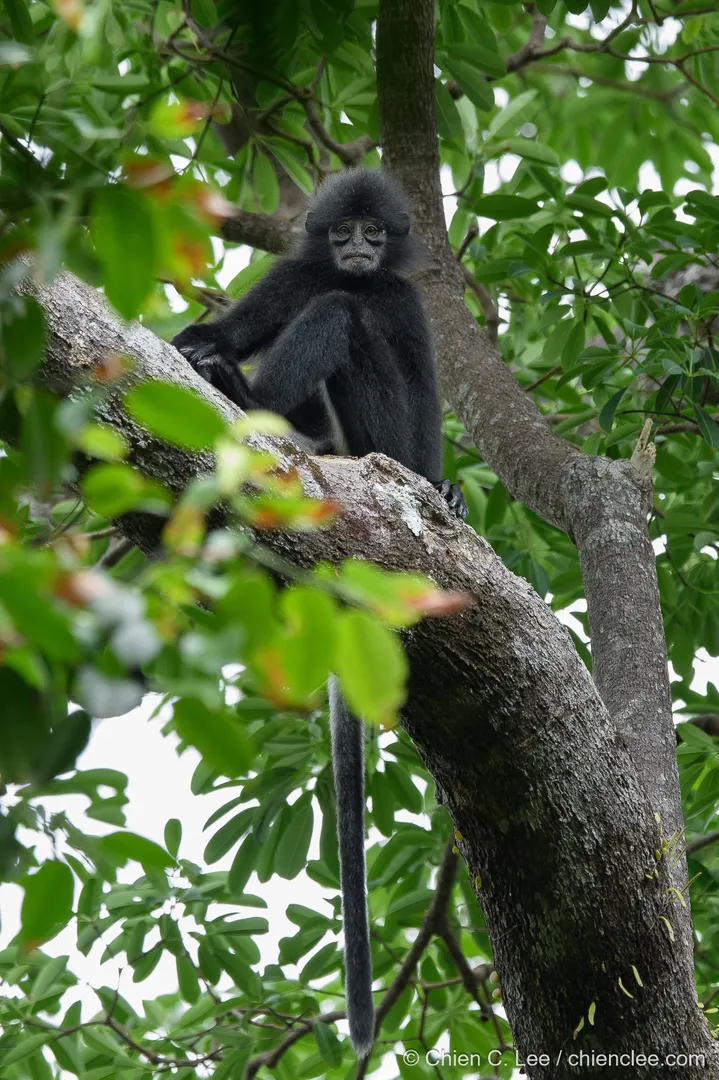
Top 25 Most Endangered Primates: A Call to Action
The plight of our planet's primates has reached a critical juncture, with a recent report casting a spotlight on the 25 most endangered species. This significant listing, released by leading conservation organizations, reflects not only the distressing status of these species but also serves as a wake-up call for urgent conservation action.
Among the highlighted primates are nine from Asia, six from the Americas, six from the African mainland, and four from Madagascar. “Collective endangerment” is a pressing issue in Madagascar, home to 112 known lemur species, where nearly all face extinction threats. Notably, first-time newcomers to the list include the Sahafary sportive lemur and the northern pygmy slow loris, showcasing the evolving conservation landscape.

Russell Mittermeier, a prominent figure in primatology, notes that since the list's inception, it has significantly influenced conservation measures. The list is intentionally representative of diverse geographical regions and highlights species where inclusion may catalyze helpful intervention. For instance, the Brazilian government established a reserve for the pied tamarin following their inclusion in the Top 25.
Species such as the Cross River gorilla are at an alarming risk despite a glimmer of hope in certain regions. Conservation biologist Inaoyom Imong remarks on improving conditions on the Nigerian side, highlighting the potential for recovery when local communities engage in conservation efforts. Meanwhile, civil unrest in Cameroon hampers similar progress there.

Meanwhile, the unique Tapanuli orangutan is facing extinction with its population teetering at approximately 800, a serious concern given its classification as the most recently described great ape species. Each of these primates carries distinctive ecological roles, and their decline signals broader environmental issues.

The Bornean banded langur, once abundant, now clings to survival, occupying a mere fraction of its historical range due to habitat loss. As human impacts intensify through urbanization and agricultural expansion, the urgency for conservation has never been clearer.
As Mittermeier succinctly puts it, “Primates are 90% tropical rainforest species,” and with the ongoing destruction of these forests, the fate of many primates hangs in the balance. This latest report is not just a catalog of species at risk—it is a clarion call to mankind to take decisive action before these remarkable animals vanish from our world.

What steps can we, as a global community, take to support conservation efforts for these endangered primates? Your thoughts and ideas are welcome in the comments below. Together, we can make a difference.
